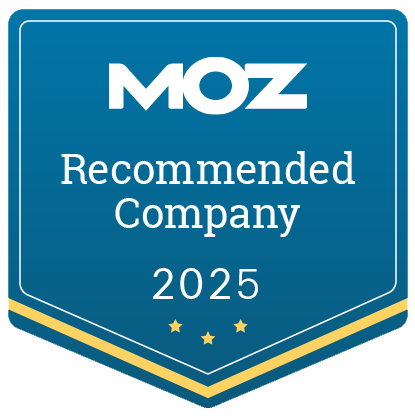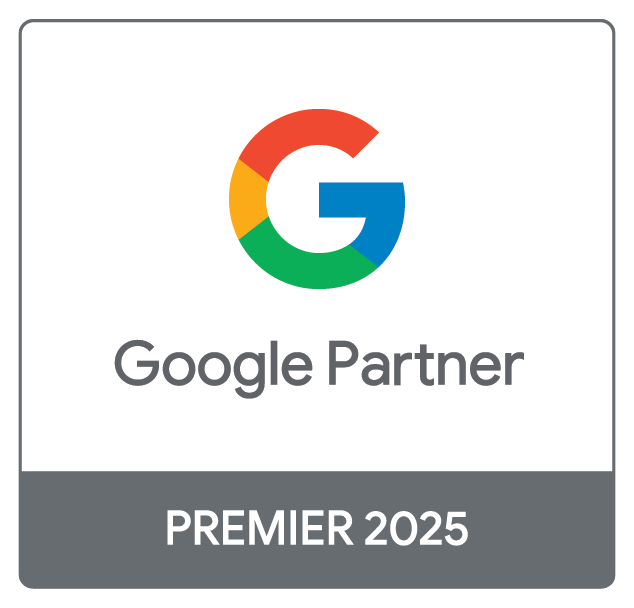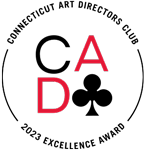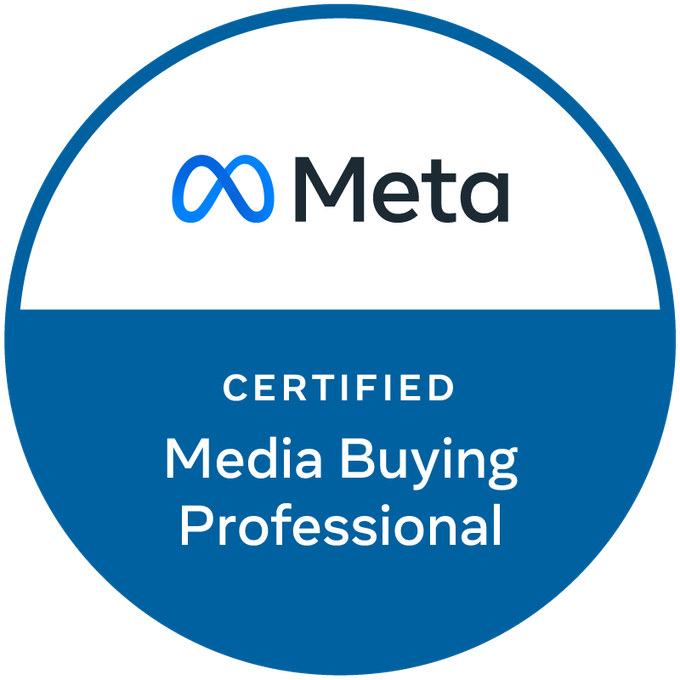$100 million in ad spend. 500+ marketers surveyed. Over a dozen in-depth interviews with top creative strategists. All to answer one question: What’s shaping the future of creative advertising in 2025?
In this breakdown, our creative design team experts will walk you through the seven biggest trends that are turning heads—and budgets—in the DTC space. From the resurgence of humor to the power of raw storytelling, it’s clear that today’s most impactful creative is rooted in authenticity, experimentation, and a willingness to rewrite the rulebook.
Top Trends for Creative Advertising
If you're still using the same ad formula from two years ago, 2025 might hit you like a freight train! The pace of change in creative strategy and advertising is quick, and what worked yesterday could fall flat today. Modern consumers crave storytelling, transparency, and emotional depth. That means creativity isn’t just about good design or clever copy anymore—it’s about connecting.
So, how do you create ads that connect? Start by understanding the trends that are rewriting the playbook.
What is Creative in Advertising?
Creative in advertising is the heart and soul of your campaign. It’s the visual and verbal magic—copy, imagery, tone, and storytelling—that stops the scroll, grabs attention, and promotes action.
Creative shows up in every touchpoint:
- Ads on social platforms like TikTok, Instagram, and Meta
- Display banners and programmatic advertising placements
- YouTube pre-rolls and OTT video
- Email campaigns and branded landing pages
- Even your out-of-home efforts, like billboards or transit wraps
But here’s the thing—no matter the channel, bad creative is a waste of media spend. You can target the perfect audience, but if your creative flops, so will your performance. Great creative is what builds trust, sparks emotion, and makes people care.
Creative Digital Advertisement Trends for 2025
To get real insights, we turned to the 2025 Creative Trends Report from Motion. With $100M+ in ad spend analyzed and input from over 500 marketers, this data-backed report digs deep into what’s actually working.
Here’s what you need to know!
🚀 Authenticity Renaissance
“AI is more than a debate in marketing—it’s a certainty. According to McKinsey, 65% of organizations now use generative AI (gen AI) in at least one business function, with marketing and sales leading the charge.”
AI-generated ads are everywhere—but they’re starting to blur into a sea of sameness. While marketers are eager to take advantage of gen AI’s speed and efficiency, many campaigns are missing the mark on emotional impact. The truth is, audiences still want human stories. They’re craving real voices, messy moments, and content that feels personal—not machine-generated or perfectly polished.
To meet that demand, brands should pivot toward first-person content formats. Think raw testimonial videos, lo-fi founder features, and unscripted behind-the-scenes peeks. These formats don’t just perform well—they build trust. And in a world flooded with shiny AI clones, trust is the ultimate differentiator.
😂 The Comedy Comeback
“When did advertising stop being funny? In a recent report, only 33% of the ads marketing research firm Kantar studied incorporated some form of humor, yet half of the most ‘effective’ ads they’ve awarded use it.”
Humor is back—and it’s exactly what your audience needs. After years of overly edited, emotionally safe advertising, brands are rediscovering the power of laughter. Even industries once considered “too serious” are starting to inject levity into their messaging. Why?
Because funny sticks. It’s shareable. It builds relatability.
In 2025, comedy is the language of social media marketing. DTC brands are moving away from one-click conversion goals and toward brand-building moments. Want to test it? Start with low-risk creative digital campaigns. Collaborate with comedians or creators who get your tone. Remember, humor shouldn’t come at the expense of your product’s relevance. The sweet spot lies in making people laugh and remember your offer.
📈 The Volume Era
“Finding winning ads is a volume game. But generating enough volume to ensure your accounts get spend is a challenge. Briefing creative teams, creating new ads, testing, and iterating are all time-consuming and resource-intensive.”
In 2025, performance doesn’t come from a single perfect ad—it comes from volume. Brands are learning that the only way to find true creative winners is to test…a lot. That’s where AI tools step in, helping marketers rapidly generate, edit, and iterate content ideas at scale.
Still, there’s a balancing act. AI avatars and automation can streamline workflows, but consumers aren’t quite sold on fully AI-generated spokespeople. The key is to treat AI as a support system, not a replacement for genuine human connection. Meanwhile, digital marketers are expanding beyond Meta, seeking growth on emerging social platforms, like Bluesky and diversifying their media mix.
🎓 The Education Advantage
“People today have unparalleled access to information—yet skepticism thrives... particularly on social media, where trust in traditional institutions is scarce.”
In an age of misinformation and low trust in media, education-based content has become a powerful advertising tool. Audiences are no longer just scrolling for entertainment—they want insights, how-tos, and thought leadership they can trust.
And the data backs it up: long-form storytelling and narrative-driven content convert better than you think. Even when the product doesn’t show up until later in the ad, performance holds steady. Why? Because you're building value first!
This year, smart brands are spotlighting their teams, sharing insider knowledge, and using platform-native formats (like TikTok tutorials or Instagram Reels series) to inform and build credibility. Bonus points if you partner with creators who already have built-in trust with your audience.
🎮 The Nostalgia Frontier
“Nostalgia evokes emotions tied to the past and drives consumer loyalty… In 2025, that’s set to change.”
Nostalgia isn’t just for legacy brands anymore. While Coca-Cola and Levi’s have long owned this lane, newer DTC players are finding ways to tap into shared memories and cultural callbacks. Whether it’s a Y2K-inspired aesthetic or a 90s-themed campaign, brands are building emotional bridges to past years and reminiscence—and it’s working.
Consumers are engaging in “nostalgia communities,” where emotional storytelling drives loyalty and conversation. What’s new is the concept of earned nostalgia—creating iconic moments that people will remember years down the line.
To leverage this trend, don’t just recycle old campaigns. Reimagine them with a modern twist. Reference cultural milestones, tap into Gen Z’s obsession with the early 2000s, and test nostalgic storytelling on newer social platforms like TikTok.
📱 The Lo-Fi Squeeze
“Most brands in DTC were built on scrappy content… 42% of top-spending ads in our analysis were lo-fi production.”
Despite bigger budgets and access to high-end gear, many top-performing ads are intentionally raw—shot on phones with minimal editing. This type of content blends seamlessly with organic feeds and feels more trustworthy to today’s audiences.
Brands are even learning from their customers, using UGC (user-generated content) as inspiration for ad creative. Try to incorporate absurd humor, ASMR loops, and oddly satisfying visuals- these are proving effective in reducing cognitive load and boosting engagement. Use social listening to find out what your audience wants to see—and give it to them in a way that feels real.
🧠 The Bleeding Creative Edge
“Putting a copywriter and a designer in the same room is no longer the recipe for exceptional ads.”
The structure of creative teams is quickly changing. With so much demand for fresh content, creative fatigue is real. That’s why forward-thinking brands are rethinking how they build, staff, and scale creative operations.
Native content directors are becoming essential, helping brands create platform-specific content with speed and accuracy. Meanwhile, internal creative studios are rising, offering flexibility and efficiency that traditional agency models sometimes lack.
Want to stay ahead? Build nimble content teams. Run high-volume “content sprints” to maximize output without burning out your team. The future of creative strategy in marketing is as much about how you work as what you produce.
Put Your Trust in a Creative Advertising Agency
Let’s be real—keeping up with these trends isn’t easy. It takes time, insight, and a whole lot of creative horsepower. If you’re ready to scale your brand with performance-driven, trend-savvy creative, we’re here to help.
At Zero Gravity Marketing, we don’t just follow the trends—we help set them. Our creative experts blend data, storytelling, and design to craft campaigns that don’t just look good but also drive real results. Ready to boost your ad creative? Reach out today, we’d love to build something bold together.











